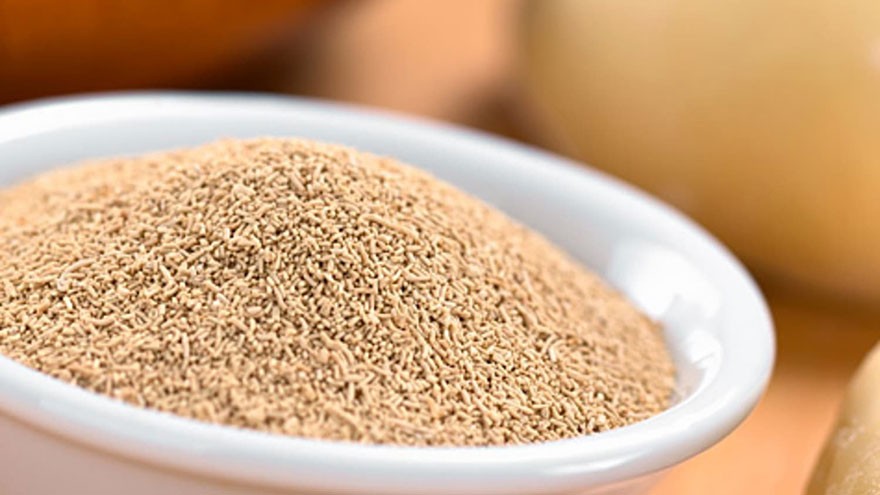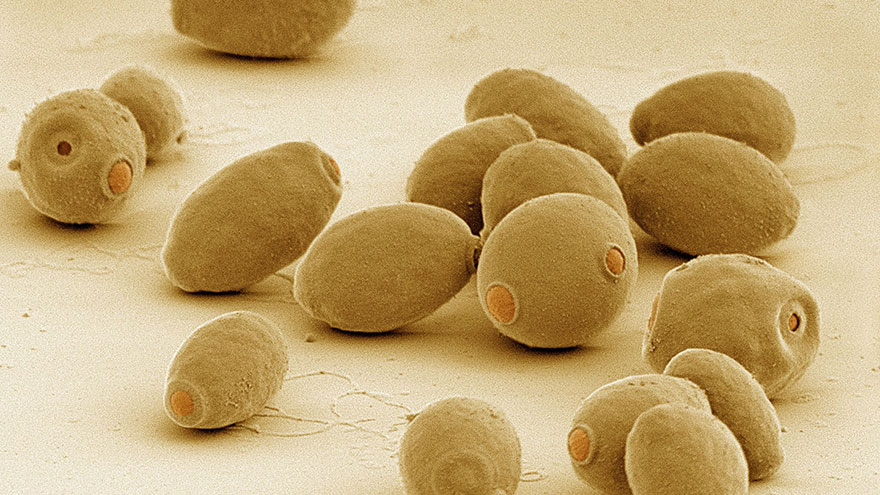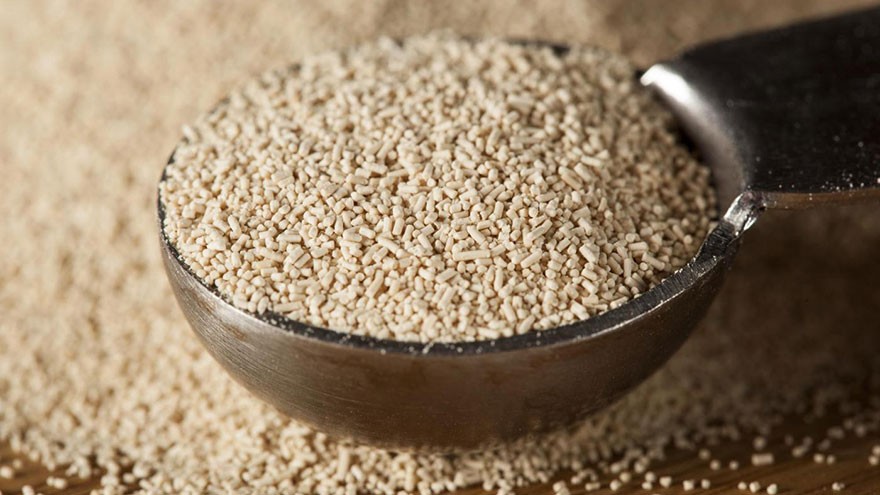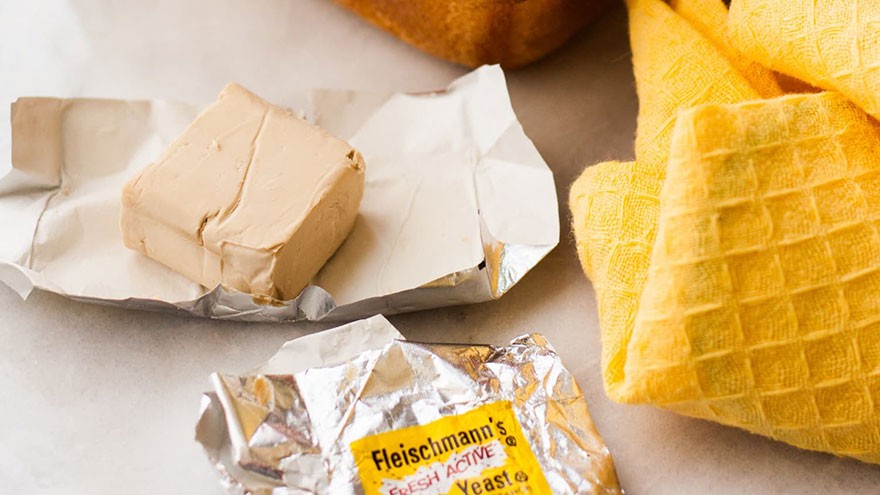A Guide To Understanding Yeast
Yeast is an essential baking ingredient, but far too many home bakers are afraid of it. Is the yeast active? Will it make the dough rise, many bakers wonder. It’s true that one or two generations back, yeast was a tricky thing to handle.
Sometimes home bakers purchased yeast only to have it spoil before it was used. But today, yeast is much more reliable and no cook should avoid a recipe just because it contains yeast.
What is Yeast?
Yeast is a baking ingredient used to make bread and other foods rise, or to ferment foods like beer. It is a microscopic, singled-celled fungi – a live plant. Yeast loves an environment of about 80 degrees, but dies off at temperatures of about 138 degrees F.

How Does Yeast Work?
Yeast eats other ingredients, like sugar or flour and as a result produces ethyl alcohol and carbon dioxide gas. These gas bubbles get trapped in the dough by the flour’s elastic protein (called gluten), which results in the dough rising and becoming fluffier.

Dry Yeast
In the food world, the most common type of yeast is baker’s yeast. It’s used to leaven baked foods. In this respect, it works much like baking soda or baking power. However, baking soda or powder experience a chemical reaction with other cooking ingredients, which leads to a release of carbon dioxide.
The carbon dioxide is what makes the food rise. Yeast also creates carbon dioxide, but it does so because the yeast actually consumes the dough it’s mixed into.
Baker’s yeast comes in two forms: dry and fresh. Dry yeast (which looks like small granules) is made by taking fresh, compressed yeast and dehydrating it partially to make the yeast dormant. The yeast becomes active once it’s dehydrated with warm fluid.
Dry yeast is commonly used because it lasts longer than fresh yeast. If purchased in foil packages, store dry yeast in a cool, dry location. If purchased in a 4 oz. jar, once the container is opened, refrigerate it.
Dry yeast comes in two forms: Rapid-rise and regular. Rapid-rise yeast requires half the time to rise, but it doesn’t have the same yeasty taste and texture as regular dry yeast.

Fresh Yeast
Good fresh yeast (which looks like compressed cake) is off-white or slightly yellow, as well as moist and crumbly. It should not have dark spots. Because fresh yeast goes bad quickly, it’s mostly used by professional bakers working in large quantities.
It’s usually sold in small foil packaging and requires refrigeration or freezing.

Which to Use?
In all recipes, fresh and dried yeast may be used interchangeably.
How to Test Yeast?
Some recipes call for “proofing” or testing yeast to ensure it’s still active. With modern dry yeast, this is not necessary, but it’s an important step when using fresh yeast.
To proof fresh yeast, put a little warm water in a small bowl and add a small amount of sugar, then a small amount of yeast. Allow the mixture to sit a few minutes. If it turns bubbly or frothy, the yeast is good.

Check out the video version of this article on YouTube

